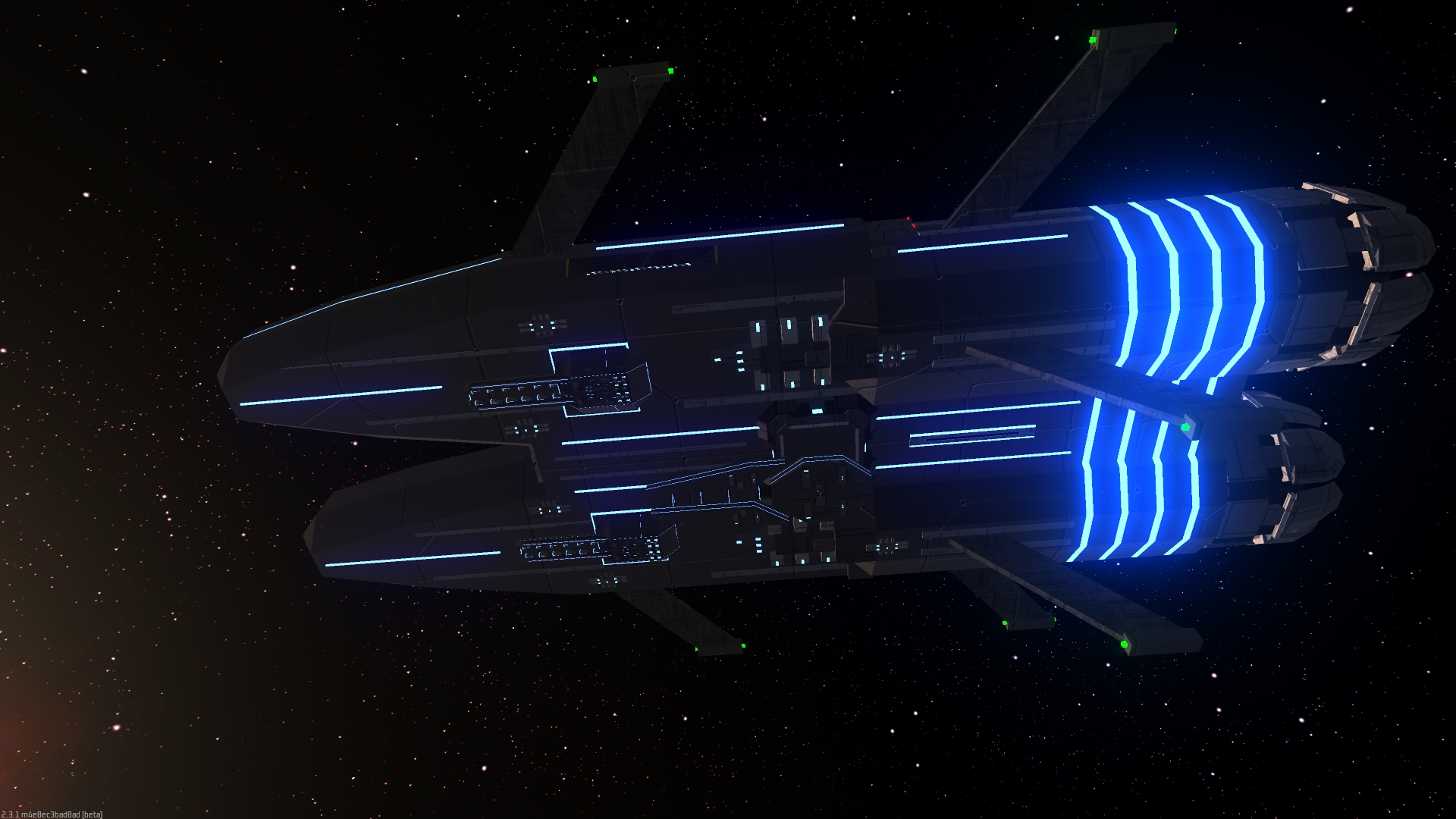Sinus
Homeworld of the Trevan Alliance. As the Trevan species inhabitants had a nuclear war, the world is now a single, massive, nuclear wasteland. It is slightly closer to its parent star in comparison to most other worlds, as well, making it quite hot.
Many years after the nuclear war, many new species began to emerge on the planet, many of which would eat the radiation. Life once again began to thrive on Sinus. The Hyperion Federation technology is also improving, so there is a possibility that Sinus will one day be made habitable again.
For now, though, it remains an empty, desolate husk, a reminder of the huge price of war. Under the nuclear 'winter', the nuclear weapons have thrown a lot of dust into the atmosphere. This has made the world significantly darker for thousands of years, but the dust has mostly settled now, once again bringing light to the species on Sinus. Many organisms would have evolved for the dark conditions, so most creatures did not have eyes or any way to sense light. Bioluminescence also became more common for vision. The evolutionary drive for sensing light returned after the dust settled, giving rise to eyes becomming common again but many species still inhabit bioluminescent properties. Trevans do not, with the possible exception of some of their microbiome organisms which are non esential to trevan biology.
Some areas of Sinus are covered in massive, glass deserts. The tremendous heat released by nuclear weapons could melt the sand into glass, and this has remained inseveral locations for thouasnds of years. A lot of the dust that was thrown into the atmosphere has settled and covered a number of the glass deserts, but archaeological sites prove that they have remained mostly intact, giving an insight into the conditions of the planet at that time.
For now, though, it remains an empty, desolate husk, a reminder of the huge price of war. Under the nuclear 'winter', the nuclear weapons have thrown a lot of dust into the atmosphere. This has made the world significantly darker for thousands of years, but the dust has mostly settled now, once again bringing light to the species on Sinus. Many organisms would have evolved for the dark conditions, so most creatures did not have eyes or any way to sense light. Bioluminescence also became more common for vision. The evolutionary drive for sensing light returned after the dust settled, giving rise to eyes becomming common again but many species still inhabit bioluminescent properties. Trevans do not, with the possible exception of some of their microbiome organisms which are non esential to trevan biology.
Some areas of Sinus are covered in massive, glass deserts. The tremendous heat released by nuclear weapons could melt the sand into glass, and this has remained inseveral locations for thouasnds of years. A lot of the dust that was thrown into the atmosphere has settled and covered a number of the glass deserts, but archaeological sites prove that they have remained mostly intact, giving an insight into the conditions of the planet at that time.
Type
Planet
Location under
Included Organizations
Owning Organization
Inhabiting Species



Comments